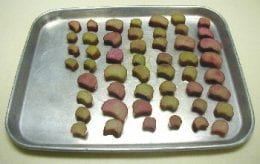
Photo: NCHFP
Rhubarb will soon be popping out of the ground! It is a perennial favorite in Midwest gardens. Here are some tips to store rhubarb or preserve it for later use.
After harvest, store rhubarb stalks in the refrigerator loosely wrapped in foil. This helps prevent moisture loss causing the stalks to become limp. Wrapping them tightly in an airtight plastic bag or wrap can also soften the stalks quickly. Wrapping loosely in foil reduces ethylene gas loss. It should remain fresh about two weeks.
To preserve for later use, here are some options from National Center for Home Food Preservation at the University of Georgia:
- Fresh Rhubarb All Year-Round
- Stewed Rhubarb
- Strawberry-Rhubarb Jelly – with liquid pectin
- Freezing Rhubarb
Other resources for preserving rhubarb:
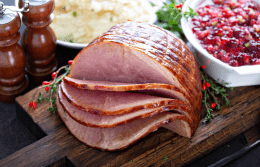

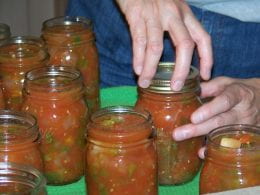

 There’s still time to sign up for the
There’s still time to sign up for the 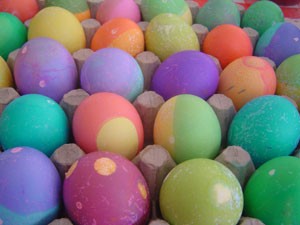 Easter is a great time to celebrate with family and friends. If you plan to have an Easter egg hunt with real eggs, here’s some food safety tips to keep in mind.
Easter is a great time to celebrate with family and friends. If you plan to have an Easter egg hunt with real eggs, here’s some food safety tips to keep in mind.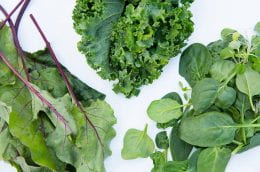

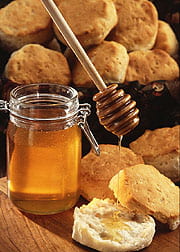 Are you a beekeeper? Do you want to learn about beekeeping? The
Are you a beekeeper? Do you want to learn about beekeeping? The